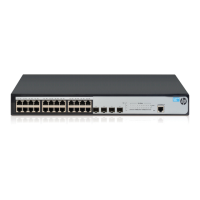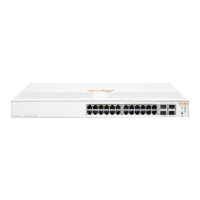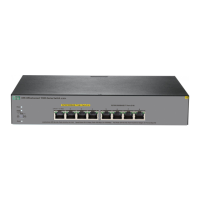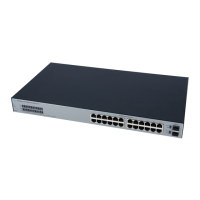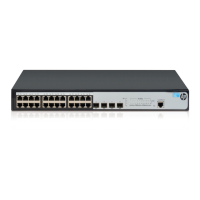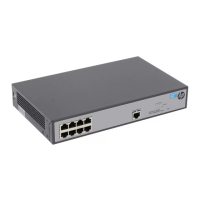IPv4 basic ACL
1. More 0s in the source IP address wildcard (more 0s means a narrower
IP address range).
2. Smaller rule ID.
IPv4 advanced ACL
1. Specific protocol number.
2. More 0s in the source IP address wildcard mask
3. More 0s in the destination IP address wildcard
4. Narrower TCP/UDP service port number range.
5. Smaller ID.
IPv6 basic ACL
1. Longer prefix for the source IP address (a longer prefix means a
narrower IP address range).
2. Smaller ID.
IPv6 advanced ACL
1. Specific protocol number.
2. Longer prefix for the source IPv6 address.
3. Longer prefix for the destination IPv6 address.
4. Narrower TCP/UDP service port number range.
5. Smaller ID.
Ethernet frame header ACL
1. More 1s in the source MAC address mask (more 1s means a smaller
MAC address).
2. More 1s in the destination MAC address mask.
3. Smaller ID.
A wildcard mask, also called an inverse mask, is a 32-bit binary number represented in dotted decimal
notation. In contrast to a network mask, the 0 bits in a wildcard mask represent "do care" bits, and the
1 bits represent "don't care" bits. If the "do care" bits in an IP address are identical to the "do care" bits
in an IP address criterion, the IP address matches the criterion. All "don't care" bits are ignored. The 0s
and 1s in a wildcard mask can be noncontiguous. For example, 0.255.0.255 is a valid wildcard mask.
Rule numbering
ACL rules can be manually numbered or automatically numbered. This section describes how automatic
ACL rule numbering works.
Rule numbering step
If you do not assign an ID to the rule you are creating, the system automatically assigns it a rule ID. The
rule numbering step sets the increment by which the system automatically numbers rules. For example, the
default ACL rule numbering step is 5. If you do not assign IDs to rules you are creating, they are
automatically numbered 0, 5, 10, 15, and so on. The wider the numbering step, the more rules you can
insert between two rules.
By introducing a gap between rules rather than contiguously numbering rules, you have the flexibility of
inserting rules in an ACL. This feature is important for a config-order ACL, where ACL rules are matched
in ascending order of rule ID.
Automatic rule numbering and renumbering
The ID automatically assigned to an ACL rule takes the nearest higher multiple of the numbering step to
the current highest rule ID, starting with 0.

